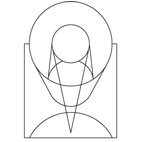
Astronomy is entering an exciting new era where ground- and space-based observatories open windows on planetary systems increasingly similar to our own. In this talk I will give a brief overview of the search for exoplanets and discuss techniques that allow us to characterize the atmospheres of extrasolar planets. I will illustrate these from our work on detecting and characterizing exoplanets.
I will also introduce a new observing technique that provides an exciting look into the atmospheres, clouds, and surface features of exoplanets. We are now applying this technique, rotational phase mapping, to ultracool brown dwarfs using both the Hubble and the Spitzer Space Telescopes. I will discuss the exciting first results from these studies and the future applications of the technique to super-earths and earth-like planets, as a step toward understanding planets in or near to habitable zones.
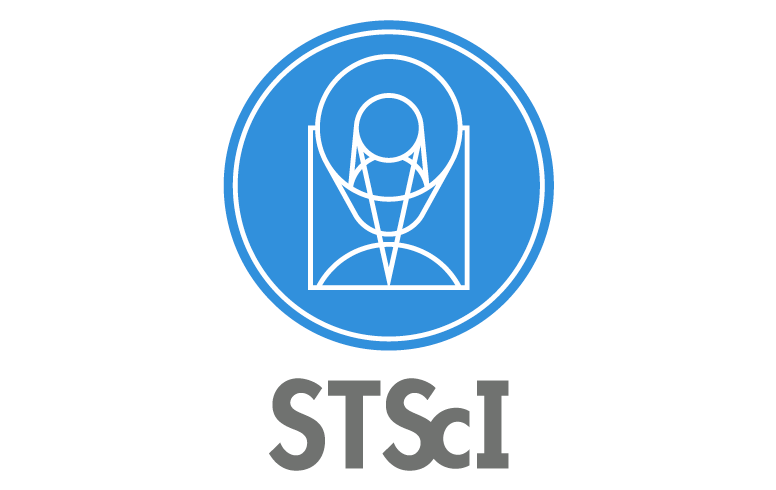 Contemporary Water and Habitability of Mars
Contemporary Water and Habitability of Mars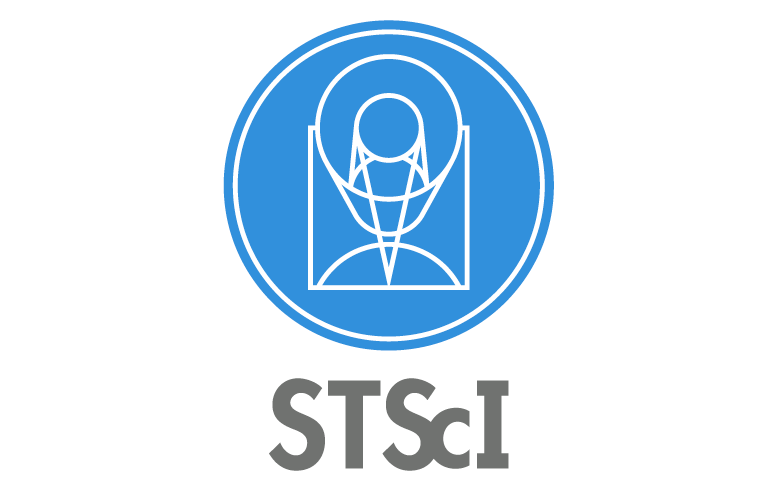 Astrobiology and the Antropocene Epoch
Astrobiology and the Antropocene Epoch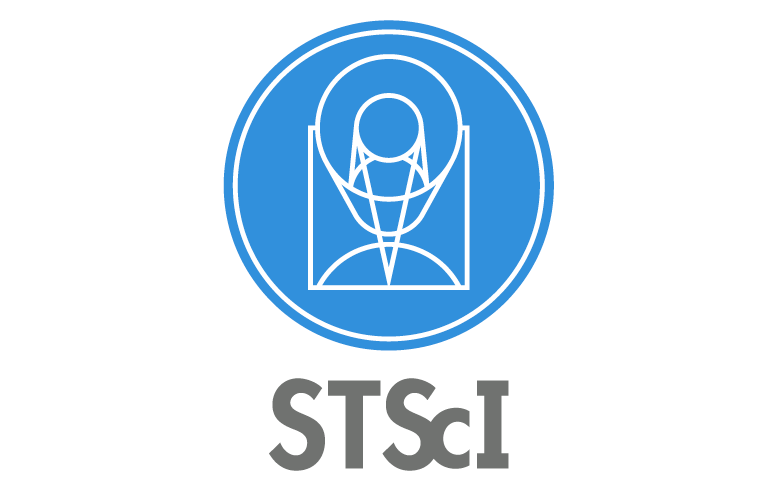 Planets, Life, and the Universe Lecture Series (2009 - Present)
Planets, Life, and the Universe Lecture Series (2009 - Present)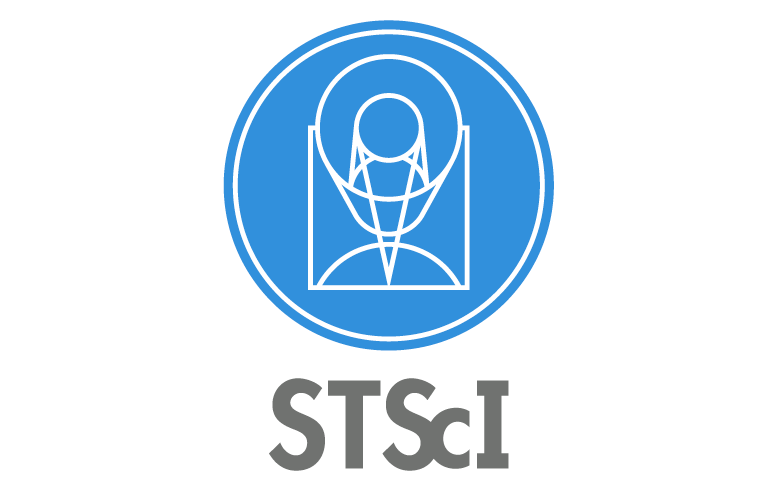 Blood Falls: Portal Into an Antarctic Subglacial Microbial World
Blood Falls: Portal Into an Antarctic Subglacial Microbial World